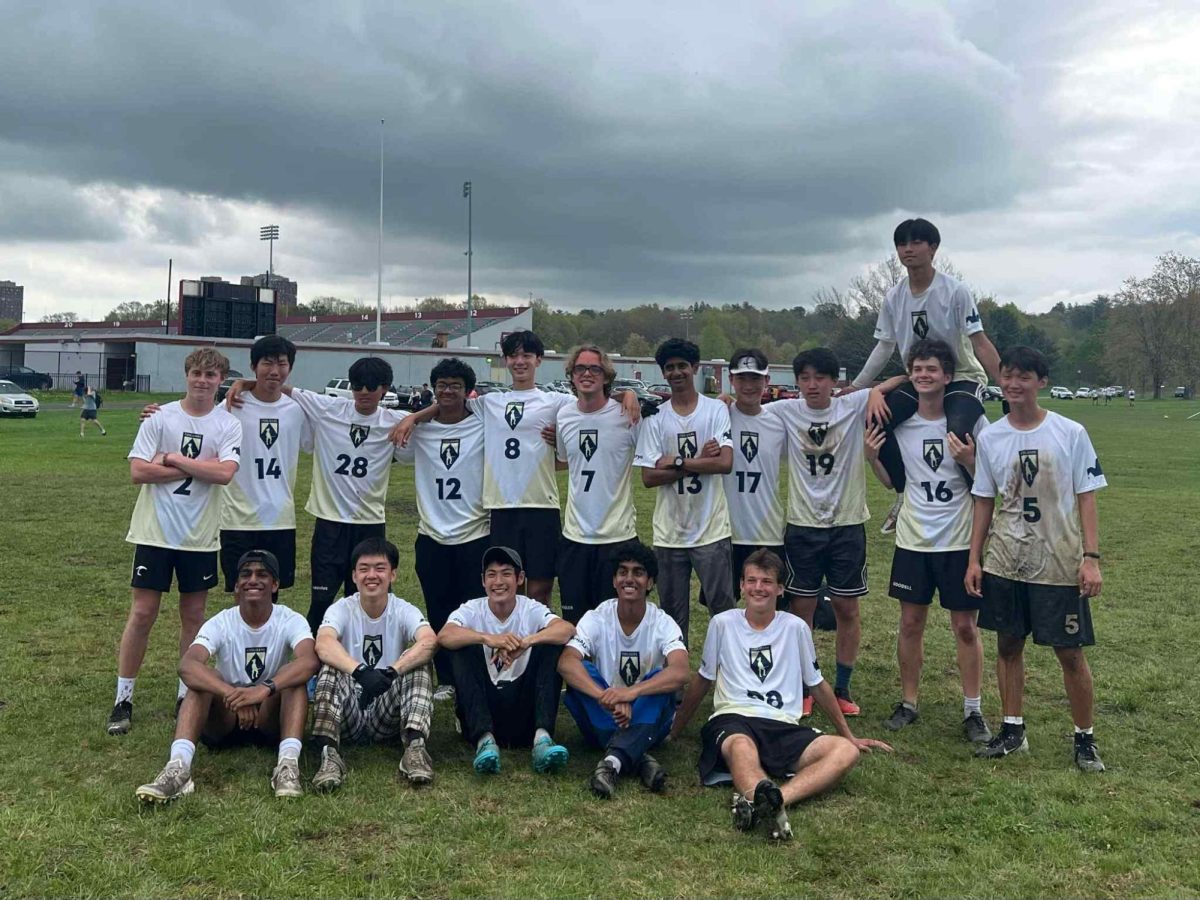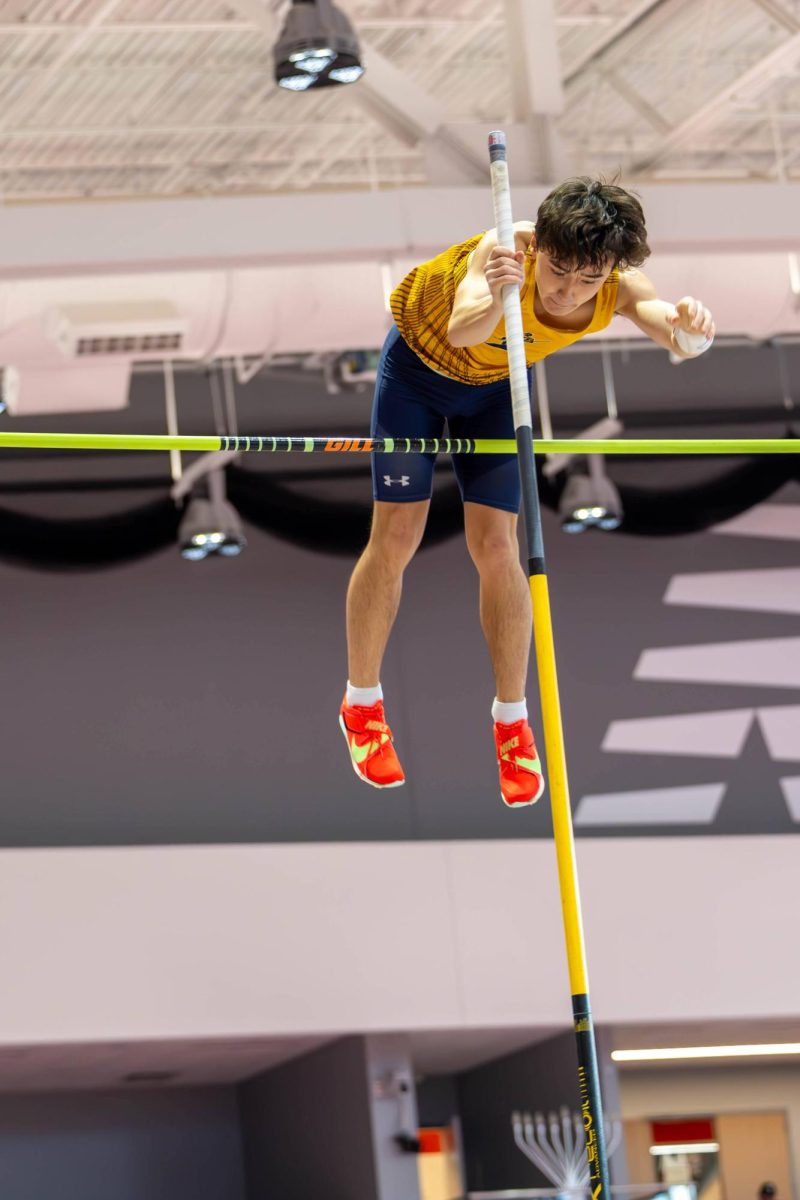Balancing academics and athletics is a common challenge among students at Lexington High School. However, teachers coaching a sports team must face the same challenge of balancing both commitments.
Although teachers may utilize similar instructional methods in the classroom, each individual has a unique approach to managing teaching, coaching, and spending time with their families. For example, Reginald Hobbs, the head coach of the boys varsity basketball team at LHS, head of the science department, and an Advanced Placement (AP) Biology teacher uses technology to maximize productivity.
“We’ll get on a call on the way home [for] the coaches meeting so I can see my kids [earlier in the day],” Hobbs said. “So if you can use your technology to your advantage, that’s helpful.”
On the other hand, David Walsh, the head coach of the boys varsity lacrosse team and an English teacher at LHS, prefers to stick to old-fashioned methods.
“My computer is covered in sticky notes of things that I need to take care of real soon to make sure that I don’t forget, and [when] I have some things that are crossed off, then I take that sticky note off,” Walsh said.
Regardless of their differences, most teachers agree that communication is an essential component to balancing the responsibilities that come from coaching, teaching, and their personal lives.
“I have to remain in constant communication with my wife and my family members and not neglect those very important responsibilities,” Walsh said.
Hobbs also believes that the collaborative nature of coaching allows for a strong support network at LHS.
“As a coach, you’re never alone. You have other coaches that work with you and the ability to communicate with them to work with them,” Hobbs said.
Coaches are also assisted by upperclassmen on their teams, who help provide support to newer team members, especially during the demanding times of the season.
“Our upperclassmen anticipate the [difficulties] because I think whatever challenges our underclassmen are facing the upperclassmen have been there. They were there two years ago, they were there last year,” Hobbs said. “They can give better advice and they’re more relatable than we are as the adult coaches.”
The close connections between athletes and their coaches allow teachers like Hobbs and Walsh to interact with and understand their students beyond the classroom. .
“I like having student-athletes in the classroom because I feel like I get to know them in another way. I get a real, dimensional understanding of them when I have them in the classroom. I get a lot more awareness of them when I have them as students as well,” Walsh said.
Overall, both Hobbs and Walsh found their experiences as teachers and coaches well worth the effort and has ultimately enabled them to become more knowleagable and impactful mentors.
“To get to know and work with some people six days a week and to have a common goal for me has always been fulfilling,” Hobbs said.


